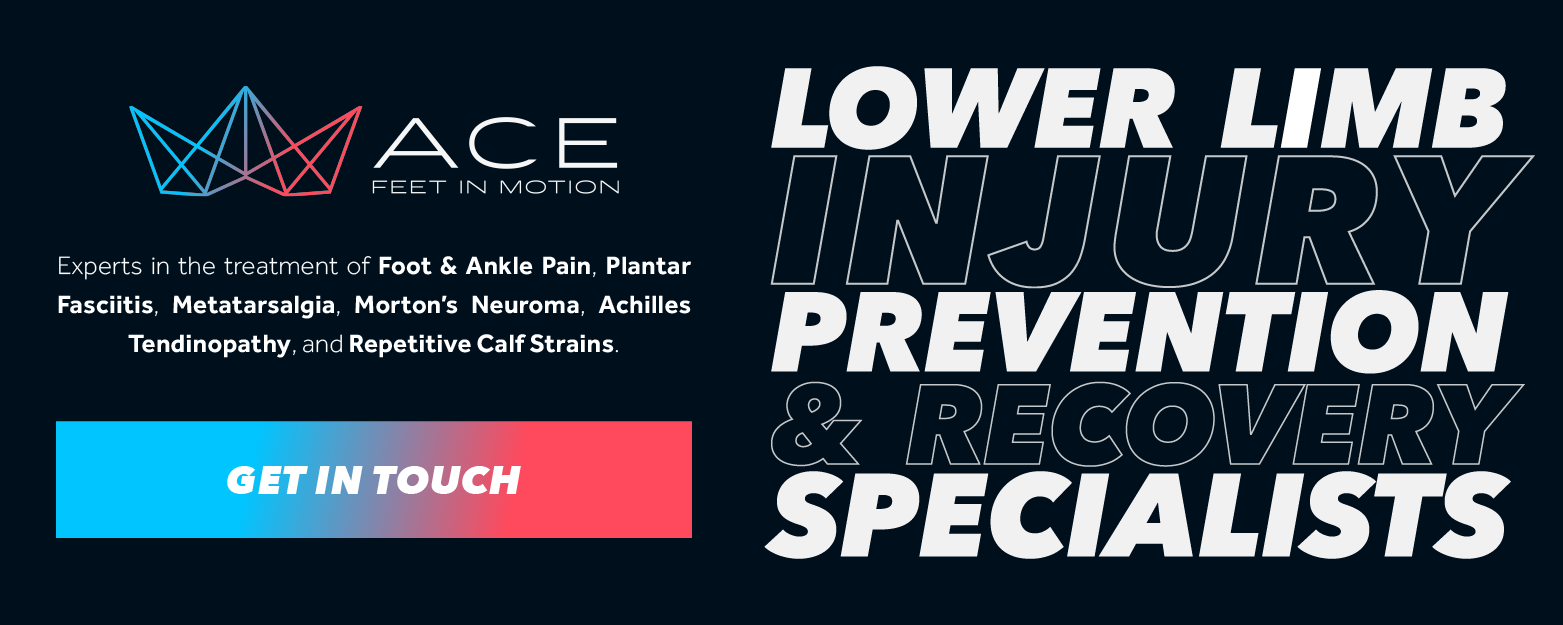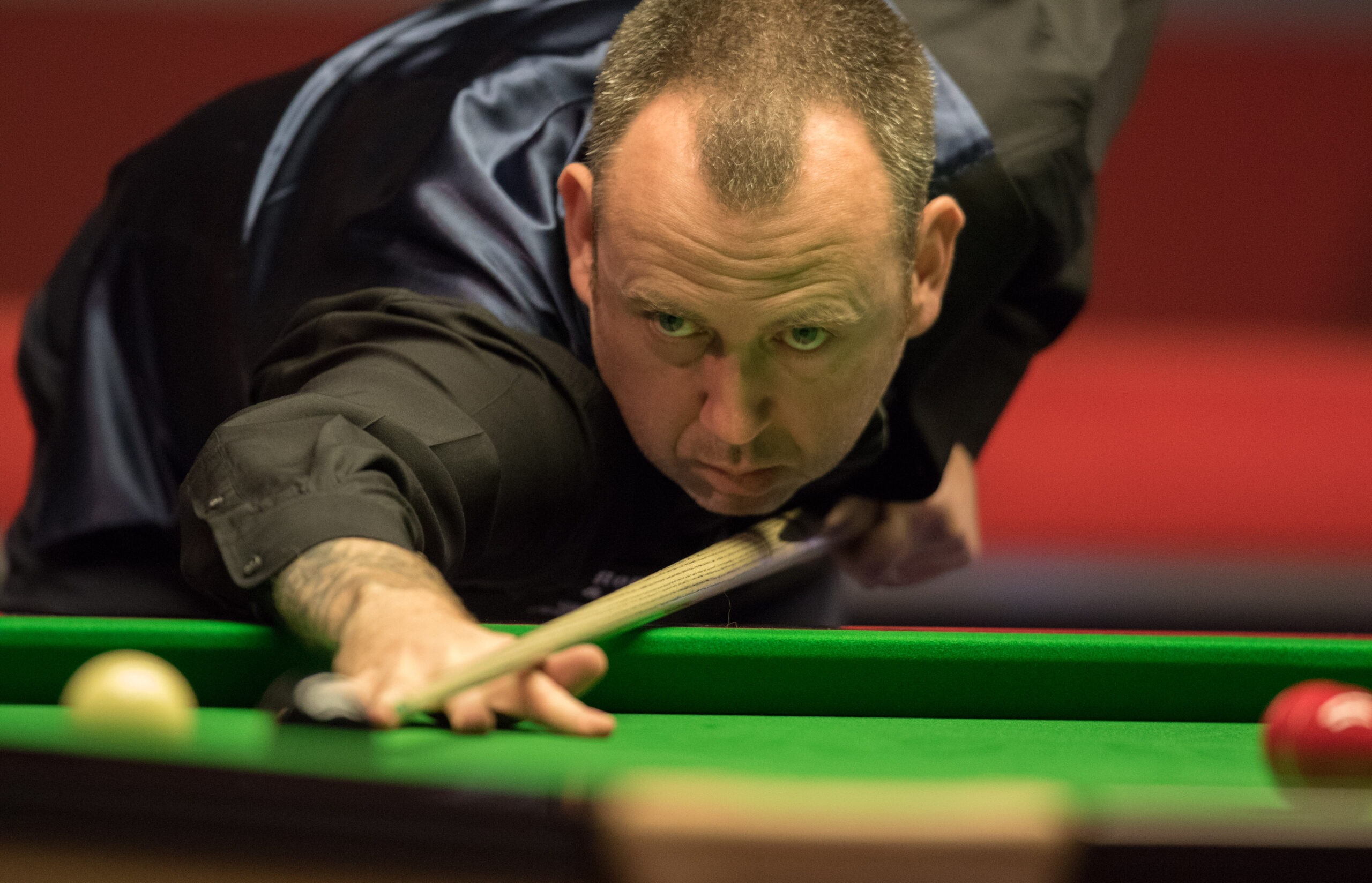How to improve your squats
Struggling to progress with your squats? Or perhaps you don’t know how to start to make the move to squatting with a barbell. Here’s a few tips and tricks that will help you improve your squats and enhance your training.

Tips for improving your squat:
- Focus on form first
Ditch the weight and nail your bodyweight squats first before jumping under a barbell. If you’re already under the barbell but struggling to increase the load there may be a few indicators that your form is off. This can include;
- Heels lifting off the floor: this may indicate that you need to work on ankle mobility or focus on driving your feet into the ground.
- Struggling to go below parallel: Again this may indicate some signs of tightness in your hips and ankles where mobility drills may help.
- Knees caving inwards: This can signify missing hip external rotation.
- The “butt wink”: Characterised by tucking the tailbone and rounding the lower back at the bottom of the squat. A small amount is natural, but we want to avoid excessive rounding (particularly under load).
- Ensure you are ‘bracing’ and engaging your core muscles
When you hear PT’s talk about squatting, you may hear them mentioning bracing your core. Bracing is the ability to keep tension through your core which in turn will help to protect your spine as you squat, especially under heavy load. If you find yourself struggling to keep a braced core whilst squatting here’s a few core exercises to include into your pre-squat drills to assist;
- Dead bugs
- Planks
- Ab rollouts
- Mobility and flexibility is key
As much as we would love to get in and out of the gym, warming up sufficiently and practicing mobility is essential, particularly whilst squatting. As mentioned above, there may be some indicators if you are struggling to squat that mobility is poor. Here are a few drills that you can include to improve mobility;
- 90-90 external rotations – Start by sitting on the ground in the hip box position with one knee bent at a 90-degree angle in front of you and the other knee bent at a 90-degree angle to the side. You can sit up on a block to make it easier to get into position. Keeping your torso long, lean out over your front knee, feeling a stretch on the outside of your hip. This will help to open up your hips ahead of squatting.
- Deep Goblet Squat Hold – This will help you to open up your hips and adopt the squat position ahead of the main event. You can use a plate and hold it in front of you here to counter the movement and assist in helping to engage your core muscles.
- Thoracic Torso Twists – Sit or stand with your hands clasped together and rotate your torso on one side to feel a stretch in your mid back. This will help you to keep your core engaged in an upright position during your squat movement.
- Cossack Squats – This will help to stretch your inner thighs and hips. Stand with your legs wide apart and shift your weight from side to side, keeping an engaged core throughout the movement so that you don’t drop forward.
- Gradually increase weight
Improving your squat takes time, as does increasing your weight and unfortunately it is highly unlikely that you will go from squatting with just a bar to 100kg overnight. Progressive overload is key when it comes to the squat, and also reduces the risk of injury. Gradually build overtime and if you are not sure, seek the help of a personal trainer to help you build a programme to assist with this.
By mastering the squat, you can go on to add further variations into your training such as a front squat or sumo squat as well as it being a key fundamental to assist in other movements such as lunges. Focus on your form and most importantly don’t rush the process, enjoy learning and adapting the movements so that you can squat seamlessly and without any risk of injury in 2024.











